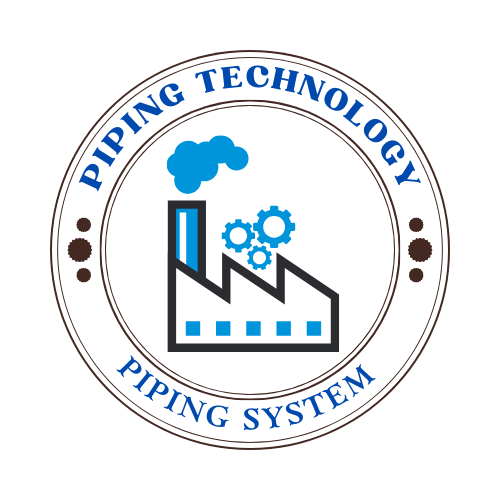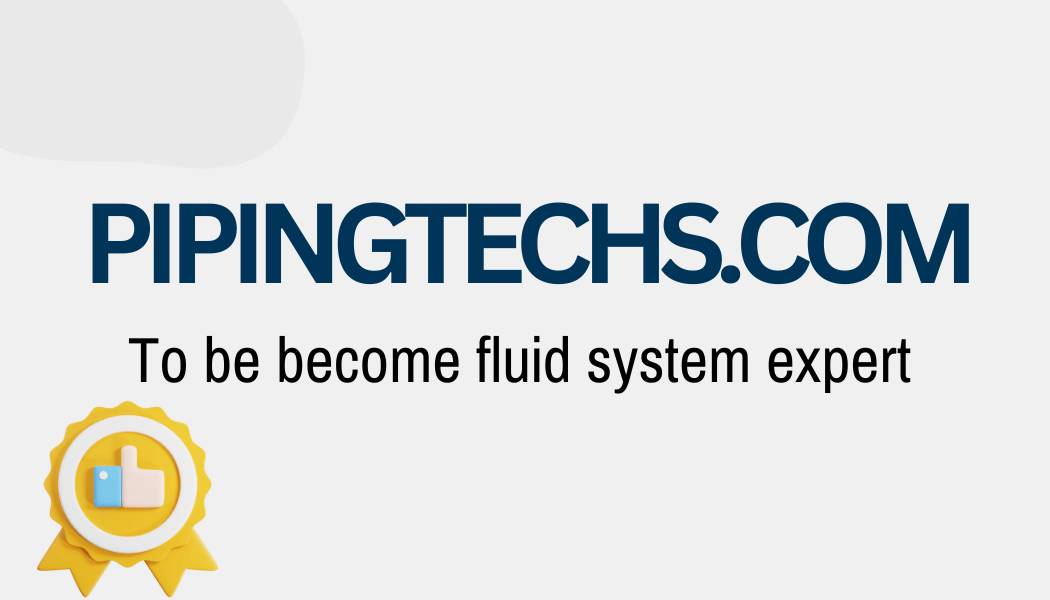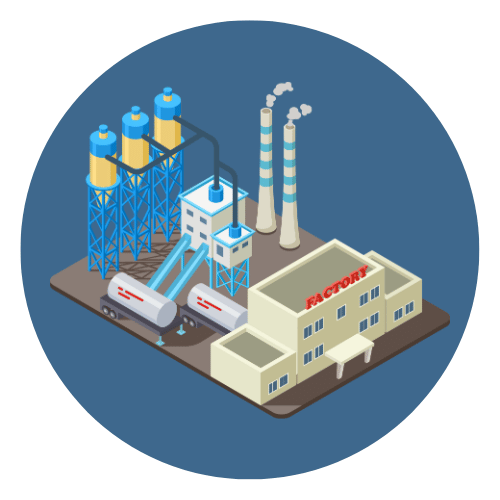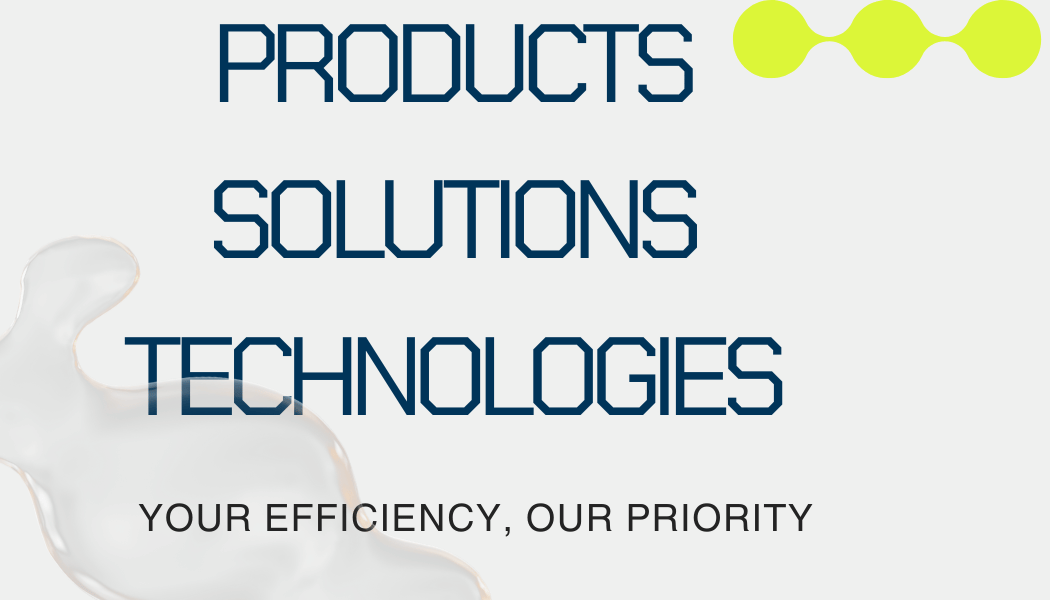
Integrated Control Unit Definition and Overview
An Integrated Control Unit (ICU) is a sophisticated electronic system designed to manage and control various functions within a complex environment. These units are pivotal in orchestrating the operations of numerous applications across different industries, ensuring that machinery, vehicles, devices, and systems operate efficiently and safely. ICUs encompass a blend of hardware and software components that work harmoniously to perform real-time processing, decision-making, and control tasks.
The importance of ICUs in modern technology and industry cannot be overstated. They serve as the brain of many systems, providing the necessary intelligence to monitor conditions, process information, and execute commands based on predefined criteria or adaptive learning algorithms. From the automotive sector, where ICUs control everything from engine performance to advanced driver-assistance systems (ADAS), to industrial automation, where they oversee manufacturing processes, ICUs are integral to the functionality and advancement of modern technology.
The evolution of ICUs has been marked by significant technological advancements. Early control units were simple and limited in capability, but today’s ICUs are highly sophisticated, featuring advanced microprocessors, robust communication interfaces, and the ability to integrate with various sensors and actuators. This evolution has been driven by the growing demand for more intelligent, reliable, and efficient control systems capable of handling the complexities of modern applications.
Purpose and Scope of the Article
The primary objective of this article is to provide a comprehensive understanding of Integrated Control Units, exploring their fundamental concepts, technological components, and wide-ranging applications. This article will delve into the design and development processes of ICUs, highlight the latest advancements and trends in the field, and examine real-world case studies to illustrate their practical applications. Additionally, it will discuss the regulatory and safety considerations crucial for ICU deployment and analyze the economic and social impacts of these units.
By the end of this article, readers will have a thorough grasp of what Integrated Control Units are, how they function, and their significance in various industries. The article aims to serve as a valuable resource for professionals, researchers, and enthusiasts interested in the field of control systems and their applications.
Fundamentals of Integrated Control Units

Basic Concepts
An Integrated Control Unit (ICU) is an embedded system designed to manage and control specific functions within a device or system. At its core, an ICU consists of a microcontroller or microprocessor that serves as the central processing unit (CPU), memory for storing software and data, and input/output interfaces to communicate with other components and systems. The primary role of an ICU is to gather data from sensors, process this information, and execute control actions based on programmed algorithms.
ICUs can be categorized into several types based on their applications and capabilities. Some common types include:
- Programmable Logic Controllers (PLCs): Used primarily in industrial automation for controlling machinery and processes.
- Engine Control Units (ECUs): Found in automotive systems to manage engine performance, fuel injection, and emission controls.
- Medical Device Controllers: Employed in medical equipment to monitor and control functions such as heart rate, oxygen levels, and medication delivery.
Each type of ICU is tailored to meet the specific requirements of its application, incorporating the necessary hardware and software components to perform its designated tasks effectively.
How Integrated Control Units (ICUs) Work ?

Integrated Control Units (ICUs) operate through a series of systematic processes that involve data acquisition, data processing, decision-making, and control execution. These processes are continuous and cyclical, allowing the ICU to maintain optimal performance and respond to dynamic conditions in real-time. Here’s a detailed look at each stage of an ICU’s operation:
1. Data Acquisition
Data acquisition is the first step in the operation of an ICU. This involves collecting data from various sensors and input devices connected to the system. Sensors are crucial components that measure physical parameters such as temperature, pressure, humidity, speed, position, and more.
- Types of Sensors:
- Temperature Sensors: Measure the temperature of an environment or component.
- Pressure Sensors: Detect the pressure within a system or environment.
- Proximity Sensors: Determine the presence or distance of an object.
- Accelerometers: Measure acceleration forces.
- Gyroscopes: Detect orientation and angular velocity.
The data collected by these sensors are analog or digital signals that need to be processed by the ICU.
2. Data Processing
Once the data is acquired, it is processed by the ICU’s central processing unit (CPU), typically a microcontroller (MCU) or microprocessor (MPU). Data processing involves several key steps:
- Analog-to-Digital Conversion (ADC): If the sensor data is in analog form, it is first converted to digital signals through ADC for processing.
- Filtering: Raw data often contains noise or irrelevant information. Filtering techniques are applied to clean the data and retain only the useful information.
- Normalization: Data is normalized to ensure consistency and compatibility across different sensor inputs.
- Data Analysis: The ICU analyzes the processed data to extract meaningful information. This analysis can involve calculations, pattern recognition, and other data processing algorithms.
3. Decision Making
Based on the processed data, the ICU makes decisions regarding the actions that need to be taken. Decision-making is guided by predefined algorithms, logic rules, or adaptive learning models embedded in the ICU’s software.
- Control Algorithms: These are mathematical models or logical rules that determine the appropriate response to the processed data. For example, a thermostat ICU might use a simple on/off control algorithm to maintain a set temperature.
- Fuzzy Logic: In systems where decisions are not binary, fuzzy logic can be used to handle uncertainties and make more nuanced decisions.
- Machine Learning: Advanced ICUs may incorporate machine learning algorithms to improve decision-making over time based on historical data and patterns.
4. Control Execution
After making a decision, the ICU executes the control actions. This involves sending commands to actuators and output devices to perform specific tasks.
- Actuators: Devices that convert the ICU’s control signals into physical actions. Examples include:
- Motors: Used to drive mechanical systems.
- Valves: Control the flow of fluids or gases.
- Relays: Switch electrical circuits on or off.
- Output Devices: Components like displays, alarms, or indicators that provide feedback to users or other systems.
The execution of control actions can be immediate or scheduled, depending on the application’s requirements.
5. Feedback Loop
A critical aspect of ICU operation is the feedback loop, which ensures continuous monitoring and adjustment of the system’s performance.
- Continuous Monitoring: The ICU continuously monitors the effects of the control actions through sensors. This helps in detecting any deviations from the desired performance.
- Adjustment and Correction: Based on the feedback, the ICU adjusts its actions to correct any discrepancies. For example, if a temperature control ICU detects that the temperature is higher than the set point, it might activate a cooling system to bring it down.
Real-Time Processing
One of the essential capabilities of ICUs is real-time processing. This means the ICU can process data and execute control actions within a very short time frame, often in milliseconds. Real-time processing is crucial in applications where delays can lead to suboptimal performance or even safety hazards, such as in automotive control systems or medical devices.
Example: ICU in Automotive Engine Control
To illustrate how an ICU works, consider the example of an Engine Control Unit (ECU) in a modern vehicle:
- Data Acquisition: The ECU collects data from various sensors, including the oxygen sensor, throttle position sensor, and engine temperature sensor.
- Data Processing: The ECU processes this data to determine the current operating conditions of the engine.
- Decision Making: Based on the processed data, the ECU decides how much fuel to inject into the engine and the timing of the spark plug firing.
- Control Execution: The ECU sends commands to the fuel injectors and ignition system to adjust the fuel-air mixture and ignition timing.
- Feedback Loop: The ECU continuously monitors the engine’s performance and makes real-time adjustments to optimize efficiency and reduce emissions.
In summary, the operation of Integrated Control Units involves a continuous cycle of data acquisition, data processing, decision-making, control execution, and feedback. This cyclical process enables ICUs to maintain optimal performance, respond to changing conditions, and ensure the reliable and efficient operation of the systems they control.
Key Features and Capabilities
Integrated Control Units possess several key features and capabilities that enable them to perform their functions effectively:
- Processing Power: Modern ICUs are equipped with powerful microprocessors or microcontrollers capable of handling complex algorithms and real-time data processing.
- Communication Interfaces: ICUs feature various communication interfaces, such as CAN bus, Modbus, Ethernet, and wireless protocols, allowing them to interact with other systems and components seamlessly.
- Real-Time Control: The ability to process data and execute control actions in real-time is a critical capability of ICUs, ensuring timely responses to dynamic conditions.
- Robustness and Reliability: ICUs are designed to operate in harsh environments, withstanding factors such as temperature extremes, vibration, and electrical noise.
- Flexibility and Scalability: ICUs can be customized and scaled to meet the specific needs of different applications, making them versatile solutions for a wide range of industries.
Integrated Control Units are essential components in modern technology, providing the intelligence and control necessary for efficient and reliable operation of various systems. The following chapters will delve deeper into the technological components, applications, design and development processes, advancements, and real-world examples of ICUs, offering a comprehensive exploration of this vital technology.








 Automation System
Automation System  Energy Engineeing
Energy Engineeing  Instrumentation System
Instrumentation System  Mechanical Engineeing
Mechanical Engineeing  Piping Technologies
Piping Technologies  Transportations
Transportations  Manufacturing
Manufacturing  Training Material
Training Material 





